Home>Garden Essentials>How To Create A Landscape Design For Your Client
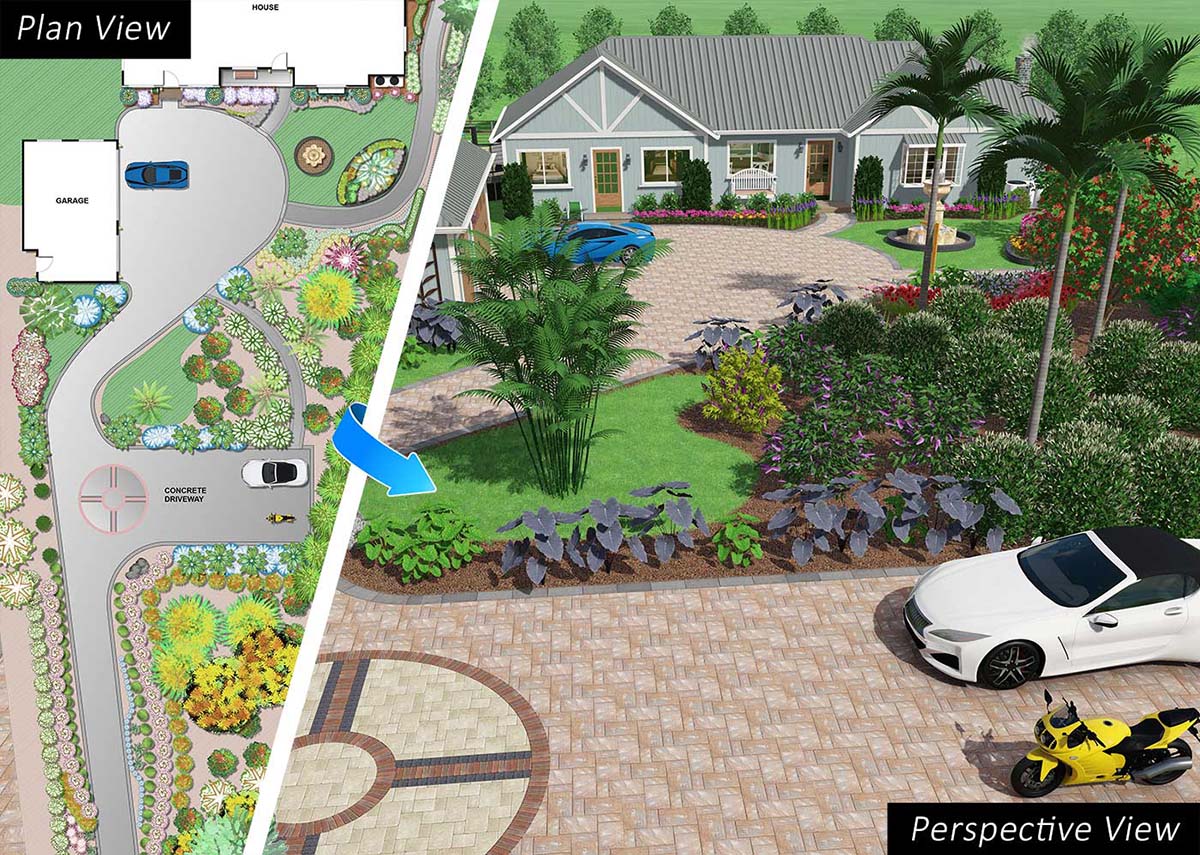

Garden Essentials
How To Create A Landscape Design For Your Client
Modified: August 17, 2024
Discover how to create a stunning garden landscape design for your clients with our expert tips and ideas. Transform outdoor spaces into beautiful, functional gardens.
(Many of the links in this article redirect to a specific reviewed product. Your purchase of these products through affiliate links helps to generate commission for Storables.com, at no extra cost. Learn more)
Introduction
Creating a stunning landscape design for a client is a harmonious blend of art and science. It involves understanding the client's vision, analyzing the site, integrating design concepts, selecting suitable plants, incorporating hardscape elements, and addressing practical considerations such as lighting and irrigation. The process culminates in a presentation and approval stage, followed by the implementation and maintenance of the design.
As a landscape designer, your role is multifaceted. You are not merely creating an aesthetically pleasing outdoor space; you are also crafting an environment that reflects the client's personality and meets their functional needs. This article will guide you through the essential steps of creating a landscape design for your client, from the initial consultation to the final implementation.
Understanding the nuances of your client's preferences, lifestyle, and practical requirements is paramount to delivering a design that resonates with them on a personal level. By delving into the intricacies of site analysis, design concepts, plant selection, hardscape elements, lighting, irrigation, and the presentation process, you can ensure that your client's vision is not only realized but surpassed.
Embark on this journey with an open mind and a creative spirit, as each landscape design project presents a unique canvas on which to unleash your expertise and imagination. Let's delve into the process of creating a landscape design that will leave your client in awe and transform their outdoor space into a captivating sanctuary.
Key Takeaways:
- Understanding the client’s needs and the site’s characteristics is crucial for creating a captivating landscape design that reflects the client’s vision and harmonizes with the environment.
- Thoughtfully selecting plants, integrating hardscape elements, and incorporating lighting and irrigation systems are essential for crafting a sustainable and enduring outdoor sanctuary.
Understanding Client Needs
Before you put pen to paper or shovel to soil, it is crucial to gain a deep understanding of your client’s needs, preferences, and aspirations for their outdoor space. This initial phase sets the foundation for a successful landscape design project. Begin by engaging in meaningful conversations with your client to uncover their vision, style, and functional requirements.
Listen attentively as your client articulates their desires for the landscape. Are they seeking a serene retreat for relaxation, a vibrant entertainment area for hosting gatherings, or a family-friendly space for children and pets to roam? Understanding how the outdoor space will be used enables you to tailor the design to suit their lifestyle.
Delve into their aesthetic preferences. Do they lean towards a modern, minimalist look, or do they gravitate towards lush, cottage-style gardens? Take note of their favorite colors, textures, and architectural styles, as these will inform your design choices. Additionally, inquire about any specific elements they wish to incorporate, such as a water feature, a fire pit, or a secluded reading nook.
Practical considerations are equally important. Assess the level of maintenance they are willing to undertake and their environmental concerns. Some clients may prioritize water conservation, while others may seek low-maintenance plantings. Understanding these practicalities ensures that the design aligns with their expectations and lifestyle.
As you gather insights into your client’s needs, strive to build a rapport based on trust and transparency. Communicate openly about budget constraints and project timelines to manage expectations effectively. Remember, the key to a successful landscape design lies in your ability to translate your client’s aspirations into a tangible, harmonious outdoor environment that reflects their unique identity.
By immersing yourself in your client’s world and understanding their vision, you lay the groundwork for a collaborative journey towards creating a landscape design that surpasses their expectations.
Site Analysis
Conducting a thorough site analysis is a pivotal step in the landscape design process. It involves evaluating the existing conditions of the outdoor space, understanding its natural features, and identifying potential opportunities and constraints. By immersing yourself in the site’s context, you can harness its inherent characteristics to inform and enrich your design decisions.
Commence the site analysis by surveying the topography, soil composition, and drainage patterns. Understanding the landform and soil quality is essential for determining suitable plant species and hardscape installations. Take note of any slopes, waterlogged areas, or soil erosion, as these factors will influence the layout and functionality of the design.
Observe the site’s microclimates, considering variations in sunlight exposure, wind patterns, and temperature fluctuations. These microclimatic conditions will dictate the viability of certain plantings and outdoor amenities. Additionally, assess the existing vegetation, including mature trees and shrubs that can be integrated into the design to preserve the site’s natural character.
Furthermore, analyze the site’s relationship with the surrounding environment. Consider sightlines, neighboring structures, and focal points that can be accentuated or obscured to enhance the overall aesthetic and privacy of the outdoor space. Take into account any prevailing noise pollution or visual distractions that may impact the design’s functionality and ambience.
Engage with the site throughout different times of the day and seasons to comprehend its dynamic qualities. Observe how light and shadow play across the landscape, how wind interacts with the surroundings, and how the site evolves with changing weather conditions. This observation will guide your decisions on plant placement, outdoor seating areas, and circulation paths.
By immersing yourself in the site’s intricacies, you can extract a wealth of inspiration and practical insights that will inform the design process. Embrace the unique character of the site, and let it guide you in crafting a landscape design that harmonizes with its surroundings and fulfills the needs and aspirations of your client.
Design Concepts
With a comprehensive understanding of your client’s needs and a thorough analysis of the site, you are well-equipped to embark on the creative phase of developing design concepts. This stage is where your artistic vision and technical expertise converge to shape the framework of the landscape design.
Begin by establishing a clear design narrative that encapsulates the essence of the outdoor space. Consider the desired atmosphere and emotional experience that the landscape should evoke. Whether it’s a tranquil oasis, an exuberant gathering space, or a harmonious blend of both, infusing the design with a cohesive narrative sets the tone for the entire project.
Explore various design styles and themes that resonate with your client’s preferences and the site’s characteristics. Whether it’s a contemporary, formal design with clean lines and structured plantings, or a naturalistic, informal design that embraces the site’s organic qualities, aligning the design style with the client’s vision is paramount.
Integrate functional zones within the landscape to cater to diverse activities and purposes. Define areas for outdoor dining, relaxation, recreation, and contemplation, ensuring a seamless flow between these zones while maintaining a sense of purpose and identity for each space. Thoughtfully consider the circulation patterns and sightlines to create a cohesive and inviting layout.
Embrace the art of layering within the design, incorporating varying heights, textures, and colors to create visual interest and depth. Introduce focal points and transitions that guide the eye and create moments of intrigue and delight throughout the landscape. Strive for a balanced composition that celebrates the interplay between softscape and hardscape elements.
Moreover, prioritize sustainability and environmental stewardship in your design concepts. Integrate native plantings, permeable paving materials, and water-efficient irrigation systems to minimize the environmental impact and promote ecological resilience within the landscape.
As you craft your design concepts, leverage digital tools and visual aids to communicate your ideas effectively to the client. Renderings, sketches, and mood boards can vividly convey the proposed design, fostering a shared vision and facilitating constructive feedback.
By infusing your design concepts with creativity, functionality, and environmental mindfulness, you can lay the groundwork for a landscape design that not only fulfills your client’s aspirations but also enriches the surrounding ecosystem.
Plant Selection
Choosing the right plants is a pivotal aspect of creating a vibrant and sustainable landscape design. The selection process involves a thoughtful balance of aesthetic appeal, ecological compatibility, and practical considerations to curate a diverse and resilient plant palette that thrives within the site’s unique conditions.
Commence the plant selection process by assessing the site’s microclimates and soil characteristics. Identify areas of full sun, partial shade, and deep shade, as well as variations in soil moisture and drainage. This analysis will guide the selection of plant species that are well-suited to thrive in specific microenvironments within the landscape.
Embrace biodiversity and ecological resilience by incorporating a mix of native and adapted plant species. Native plants are inherently suited to the local climate and soil conditions, promoting habitat diversity and supporting local wildlife. Additionally, consider the seasonal interest of plants, ensuring a succession of blooms and foliage that imbues the landscape with year-round vitality.
Strive for a harmonious balance between ornamental plants, such as flowering perennials and shrubs, and functional plantings, including evergreen trees for structure, ground covers for erosion control, and grasses for texture and movement. Integrate a variety of foliage colors, textures, and forms to create dynamic compositions and visual intrigue within the landscape.
Consider the maintenance requirements of the selected plants and align them with your client’s preferences and capabilities. Opt for low-maintenance species in areas where upkeep may be limited, and strategically place high-maintenance plants in easily accessible and visible locations to ensure proper care and attention.
Furthermore, explore the potential for edible and medicinal plants within the landscape, fostering a connection to nature and providing opportunities for sustainable harvest and culinary enjoyment. Incorporating fruit-bearing trees, culinary herbs, and pollinator-attracting flowers can enrich the outdoor experience while promoting ecological balance.
As you curate the plant selection, visualize the evolving tapestry of colors, textures, and fragrances that will enliven the landscape throughout the seasons. Embrace the symbiotic relationships between plants, considering their spatial requirements and complementary growth habits to create cohesive and enduring plant communities.
By thoughtfully curating a diverse and resilient plant palette, you can infuse the landscape with vitality, ecological richness, and enduring beauty, ensuring that the outdoor space evolves into a captivating and sustainable haven for years to come.
When creating a landscape design for your client, make sure to consider their preferences, the local climate, and the maintenance requirements of the plants and features you choose. This will help ensure a successful and sustainable design.
Read more: How To Create A Landscape Design In Canva
Hardscape Elements
Integrating hardscape elements into the landscape design adds structure, functionality, and aesthetic allure to the outdoor environment. From pathways and patios to architectural features and outdoor amenities, hardscapes play a pivotal role in shaping the visual and experiential dynamics of the outdoor space.
Begin by envisioning the circulation patterns and focal points within the landscape. Design pathways that not only facilitate movement but also invite exploration and discovery. Consider the materiality and layout of pathways, ensuring that they harmonize with the overall design style and provide a tactile and visually engaging experience for users.
Create outdoor living spaces that cater to diverse activities and social interactions. Whether it’s a secluded seating nook, a spacious dining area, or a multifunctional gathering space, the design of patios and outdoor rooms should reflect the client’s lifestyle and desired ambiance. Integrate elements such as pergolas, fire pits, and outdoor kitchens to enrich the outdoor experience and extend the usability of the space.
Architectural features, such as walls, fences, and trellises, serve as visual anchors and privacy screens within the landscape. Embrace the opportunity to introduce vertical elements that define spatial boundaries, provide support for climbing plants, and create intimate alcoves within the outdoor environment.
Water features, such as fountains, ponds, and cascades, infuse the landscape with sensory delight and a soothing ambiance. Consider the interplay of water and light, as well as the acoustic qualities of water features, to create focal points that captivate the senses and foster a tranquil atmosphere within the outdoor setting.
Furthermore, explore the integration of sustainable hardscape materials that align with ecological principles and resource conservation. Utilize permeable paving systems to mitigate stormwater runoff and promote groundwater recharge. Incorporate reclaimed or locally sourced materials to imbue the design with a sense of authenticity and environmental responsibility.
As you design hardscape elements, consider the longevity and maintenance requirements of the materials. Select durable and weather-resistant materials that withstand the rigors of outdoor exposure while requiring minimal upkeep, ensuring that the hardscapes retain their allure and functionality over time.
By thoughtfully integrating hardscape elements into the landscape design, you can sculpt an outdoor environment that harmonizes with nature, fulfills the client’s lifestyle needs, and evokes a sense of timeless beauty and functionality.
Lighting and Irrigation
Lighting and irrigation systems are indispensable components of a well-rounded landscape design, enhancing both the aesthetic allure and the practical functionality of the outdoor environment. Thoughtfully integrated lighting and efficient irrigation contribute to the longevity, sustainability, and usability of the landscape, creating a captivating and resilient outdoor space.
Illuminate the landscape with strategic lighting to extend its visual appeal and usability into the evening hours. Embrace a layered approach to lighting, incorporating ambient, task, and accent lighting to create depth and ambiance within the outdoor environment. Highlight architectural features, specimen plants, and pathways, while also providing functional illumination for outdoor activities and gatherings.
Embrace energy-efficient lighting technologies, such as LED fixtures, to minimize power consumption and environmental impact. Additionally, consider the integration of smart lighting controls and automation systems that optimize energy usage and allow for customized lighting scenarios based on user preferences and seasonal variations.
Efficient irrigation systems are essential for sustaining healthy plantings and minimizing water waste within the landscape. Conduct a comprehensive analysis of the site’s water requirements, taking into account factors such as soil moisture retention, plant species, and microclimate variations. Design irrigation zones that deliver targeted and appropriate moisture levels to different plantings based on their specific needs.
Integrate water-efficient irrigation technologies, such as drip irrigation and weather-based controllers, to optimize water delivery and minimize runoff and evaporation. Embrace rainwater harvesting systems to capture and utilize precipitation for landscape irrigation, promoting resource conservation and ecological resilience within the outdoor environment.
Furthermore, consider the integration of sustainable water features, such as rain gardens and bioswales, that not only enhance the aesthetic appeal of the landscape but also contribute to stormwater management and groundwater replenishment. These features serve as ecological assets, promoting biodiversity and mitigating the environmental impact of runoff.
As you design the lighting and irrigation systems, prioritize ease of maintenance and long-term reliability. Select durable fixtures and irrigation components that withstand outdoor exposure and require minimal upkeep, ensuring the sustained functionality and allure of these essential landscape elements.
By thoughtfully integrating lighting and irrigation systems, you can elevate the landscape into a captivating and sustainable outdoor sanctuary that thrives day and night, providing enduring beauty and functionality for the client to enjoy.
Presentation and Approval
The presentation stage marks the culmination of your creative endeavors, as you unveil the meticulously crafted landscape design to your client. This pivotal phase is an opportunity to articulate the design narrative, elucidate the thought process behind your decisions, and foster a collaborative dialogue that leads to client approval and enthusiasm for the proposed vision.
Prepare a compelling presentation that effectively communicates the design concepts, plant selections, hardscape elements, and practical considerations to the client. Utilize visual aids such as renderings, sketches, mood boards, and material samples to vividly illustrate the proposed design, fostering a shared understanding and appreciation of the envisioned outdoor space.
Articulate the design narrative, elucidating the overarching themes, spatial arrangements, and experiential qualities that define the landscape. Emphasize how the design aligns with the client’s aspirations, lifestyle needs, and the unique character of the site, fostering a sense of personal connection and resonance with the proposed vision.
Engage the client in a constructive dialogue, inviting their feedback, questions, and insights regarding the proposed design. Embrace this collaborative exchange as an opportunity to refine and tailor the design to better align with the client’s preferences and expectations. Address any concerns or queries with transparency and expertise, instilling confidence and trust in the proposed design solutions.
Furthermore, provide clarity on the practical aspects of the project, including budget considerations, project timelines, and the implementation process. Ensure that the client has a comprehensive understanding of the proposed design’s feasibility and the steps involved in realizing the envisioned outdoor environment.
Embrace flexibility and adaptability in response to the client’s input, fostering a sense of co-creation and partnership in shaping the final landscape design. Collaboratively explore alternative options and modifications, ensuring that the design evolves to reflect the client’s vision while maintaining the integrity of the artistic and technical principles underpinning the original concept.
Ultimately, strive to conclude the presentation with the client’s enthusiastic approval and a shared sense of anticipation for the transformative journey ahead. Foster a sense of excitement and confidence in the proposed design, laying the groundwork for a seamless transition into the implementation and realization of the envisioned landscape.
By orchestrating a compelling and collaborative presentation, you can forge a strong rapport with your client, instill confidence in the proposed design, and pave the way for a harmonious and successful journey towards creating a captivating outdoor sanctuary.
Implementation and Maintenance
As the approved landscape design transitions from concept to reality, the implementation and maintenance phase heralds the transformation of the envisioned outdoor space into a tangible and enduring sanctuary. This pivotal stage encompasses the orchestrated execution of the design plan, the careful selection and installation of plantings and hardscape elements, and the establishment of a tailored maintenance regimen that ensures the sustained vitality and allure of the landscape.
Embark on the implementation process with meticulous attention to detail, coordinating the logistics of material procurement, site preparation, and construction activities. Collaborate closely with skilled contractors and craftsmen to ensure that the design vision is translated into a meticulously crafted outdoor environment that reflects the client’s aspirations and the integrity of the design concepts.
Execute the installation of plantings with precision and care, ensuring that each species is thoughtfully placed and nurtured to establish a thriving and cohesive plant community. Embrace the opportunity to witness the landscape come to life as each tree, shrub, and perennial finds its place within the design, infusing the outdoor space with vitality and character.
Simultaneously, oversee the installation of hardscape elements, such as pathways, patios, and architectural features, ensuring that the craftsmanship and materiality align with the design’s aesthetic and functional objectives. Embrace the interplay of form and function as the hardscapes sculpt the spatial dynamics and visual allure of the outdoor environment.
As the landscape takes shape, collaborate with the client to establish a tailored maintenance plan that aligns with the specific needs of the plantings and hardscape elements. Provide guidance on watering schedules, pruning techniques, fertilization practices, and seasonal care routines that promote the sustained health and vibrancy of the landscape.
Facilitate ongoing communication and support for the client, offering guidance on the evolving needs of the landscape and addressing any inquiries or challenges that may arise. Foster a sense of partnership and shared stewardship of the outdoor environment, instilling confidence and enthusiasm in the client’s role as a custodian of the newly realized landscape.
Moreover, provide post-installation evaluations and adjustments to ensure that the landscape continues to evolve and thrive. Embrace the opportunity to refine and enhance the design based on the landscape’s maturation, fostering a dynamic and enduring outdoor sanctuary that resonates with the client’s lifestyle and aspirations.
By orchestrating a seamless implementation and maintenance process, you can bring the envisioned landscape design to life, fostering a transformative and enduring outdoor sanctuary for the client to cherish and enjoy for years to come.
Conclusion
Creating a captivating landscape design for your client is a multifaceted journey that intertwines artistic vision, technical expertise, and a deep understanding of the client’s aspirations and the site’s inherent qualities. From the initial exploration of the client’s needs to the meticulous implementation and maintenance of the design, each phase of the process is a testament to your dedication to crafting outdoor sanctuaries that transcend mere aesthetics and functionality.
Throughout this transformative journey, you have delved into the intricacies of site analysis, design concepts, plant selection, hardscape elements, lighting, irrigation, presentation, approval, and implementation. Each step has been a testament to your commitment to creating outdoor spaces that embody the client’s vision, harmonize with the surrounding environment, and endure the test of time.
As you reflect on this process, remember that your role extends beyond that of a designer; you are a storyteller, a steward of nature, and a facilitator of transformative experiences. By infusing your designs with creativity, ecological mindfulness, and a deep understanding of your client’s aspirations, you have the power to shape landscapes that resonate with the human spirit and the rhythms of the natural world.
Embrace each landscape design project as a canvas for innovation, collaboration, and the celebration of nature’s beauty. Your expertise and passion have the potential to enrich lives, foster connections to the outdoors, and leave a lasting legacy through the creation of captivating and sustainable outdoor sanctuaries.
As you embark on future landscape design endeavors, carry forward the lessons learned, the creative insights gained, and the enduring relationships forged with clients and the natural world. Let each project be a testament to your unwavering commitment to creating landscapes that inspire, nurture, and endure, leaving a legacy of beauty and harmony for generations to come.
With every landscape design, you have the opportunity to weave a tapestry of artistry, functionality, and ecological stewardship, transforming outdoor spaces into timeless sanctuaries that enrich the human experience and celebrate the wondrous diversity of the natural world. Embrace this journey with passion, purpose, and an unwavering commitment to crafting landscapes that transcend the ordinary and resonate with the extraordinary.
Frequently Asked Questions about How To Create A Landscape Design For Your Client
Was this page helpful?
At Storables.com, we guarantee accurate and reliable information. Our content, validated by Expert Board Contributors, is crafted following stringent Editorial Policies. We're committed to providing you with well-researched, expert-backed insights for all your informational needs.
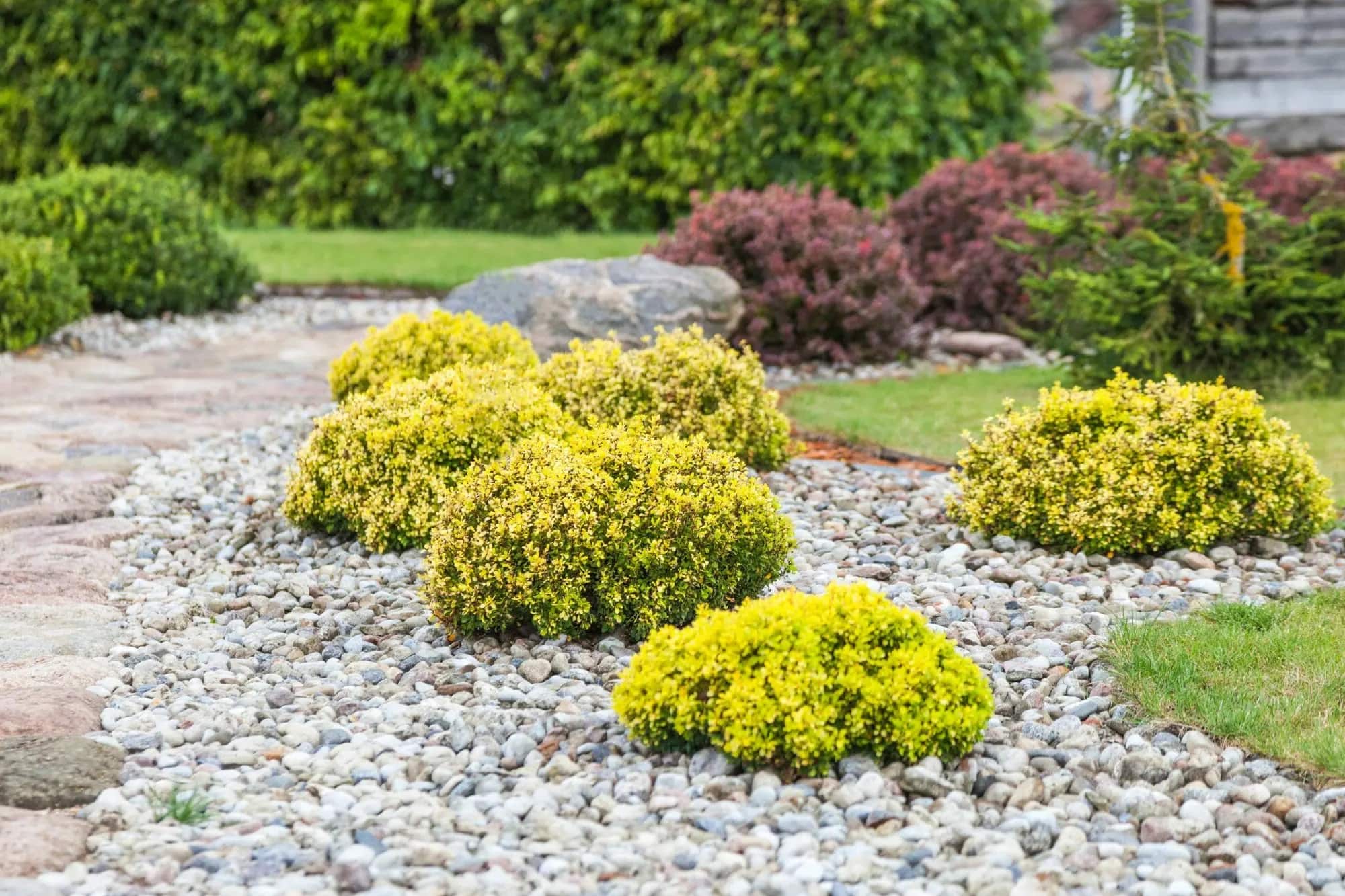
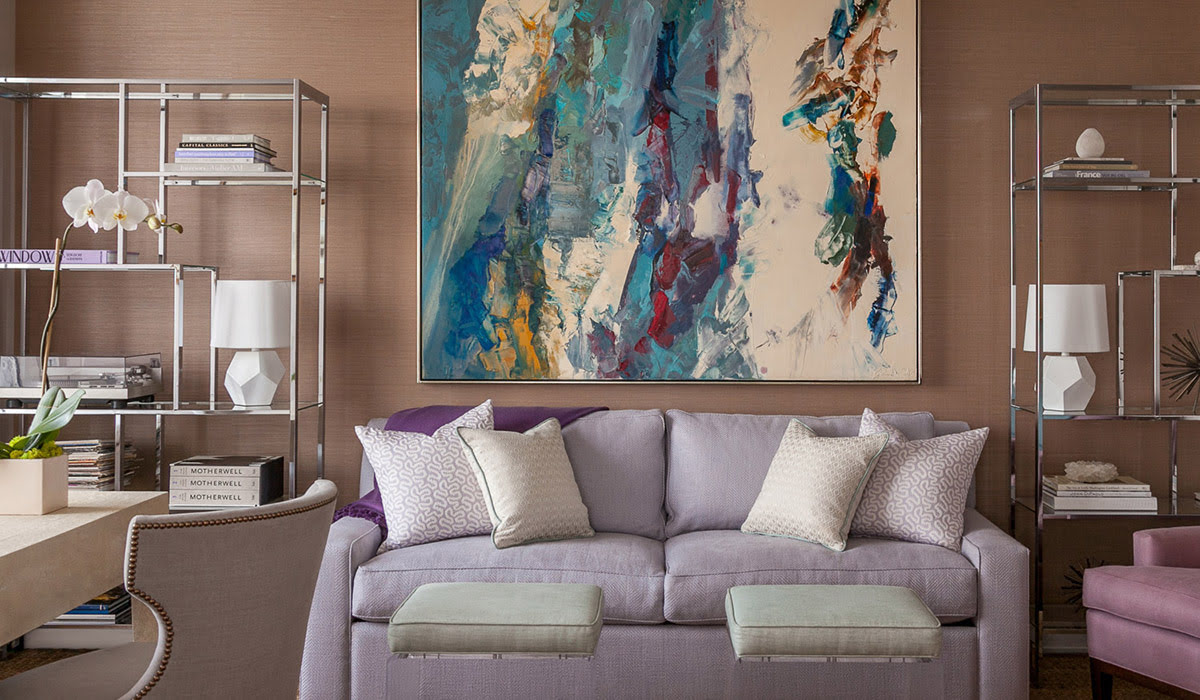
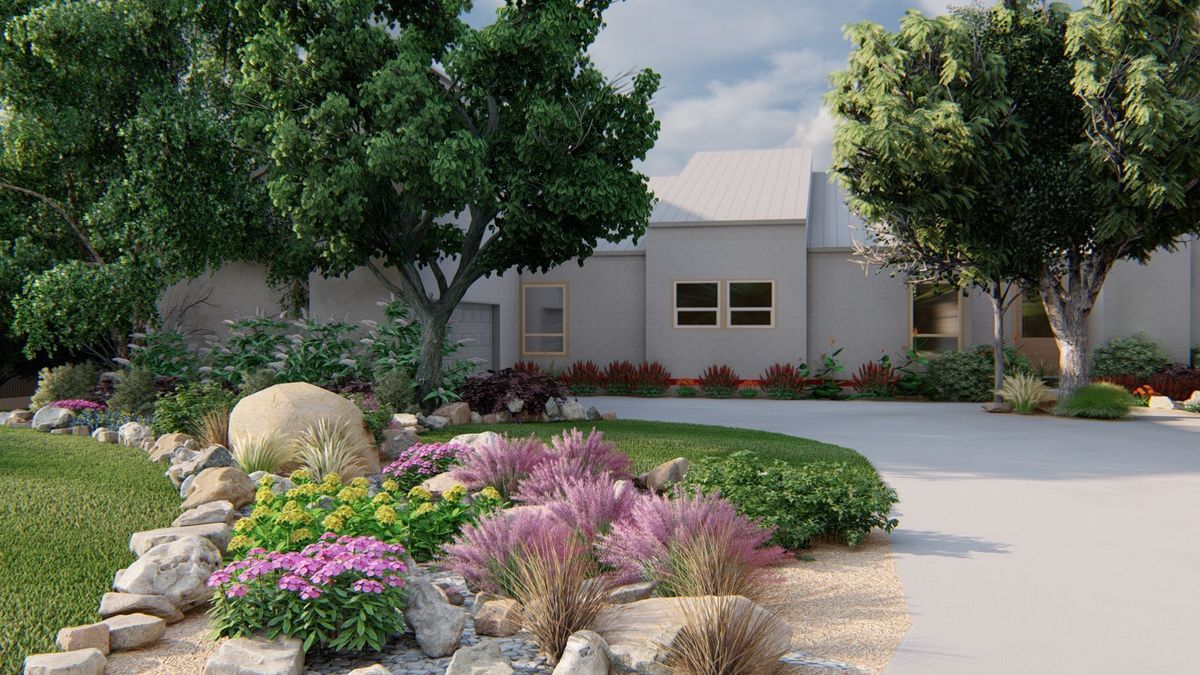
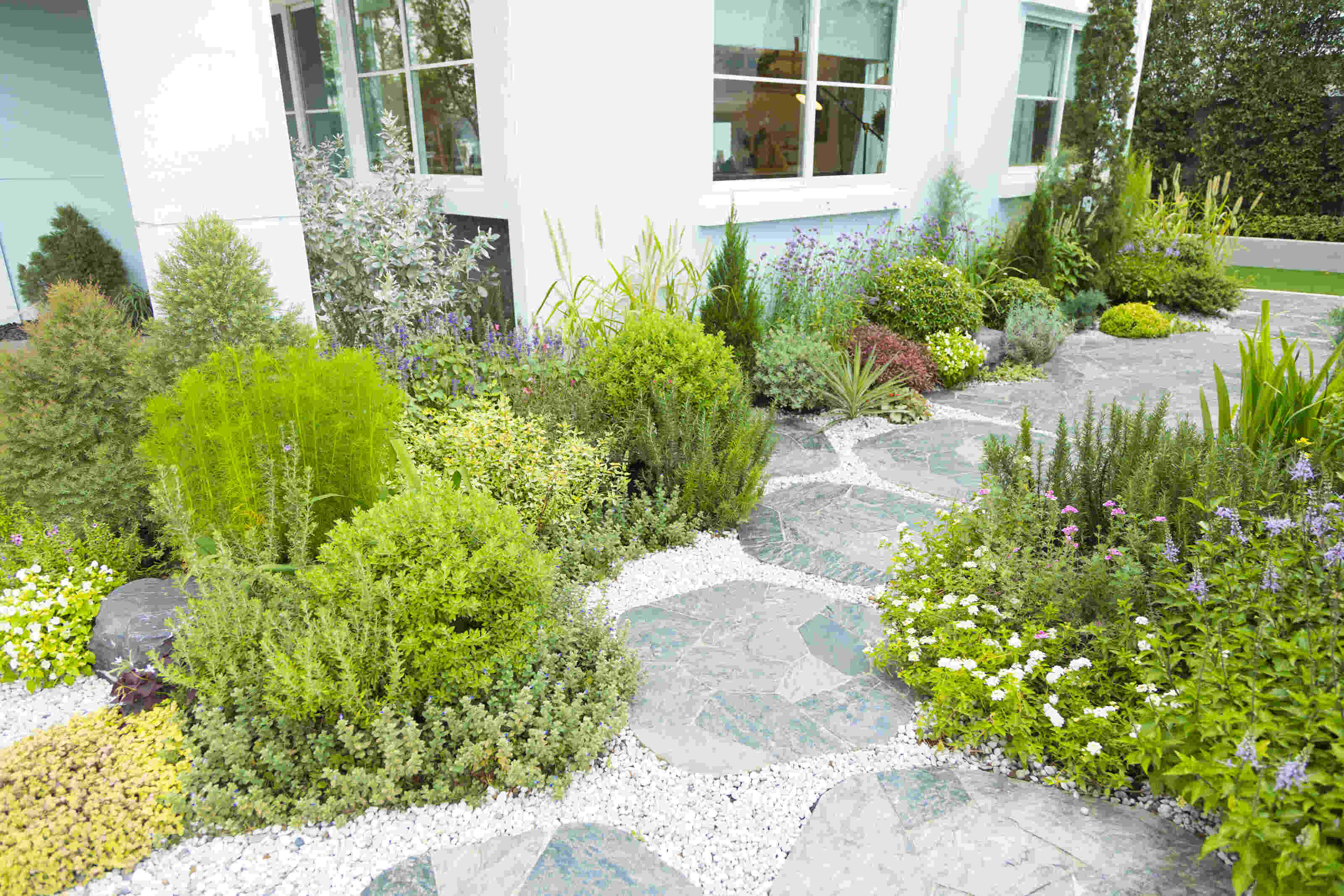
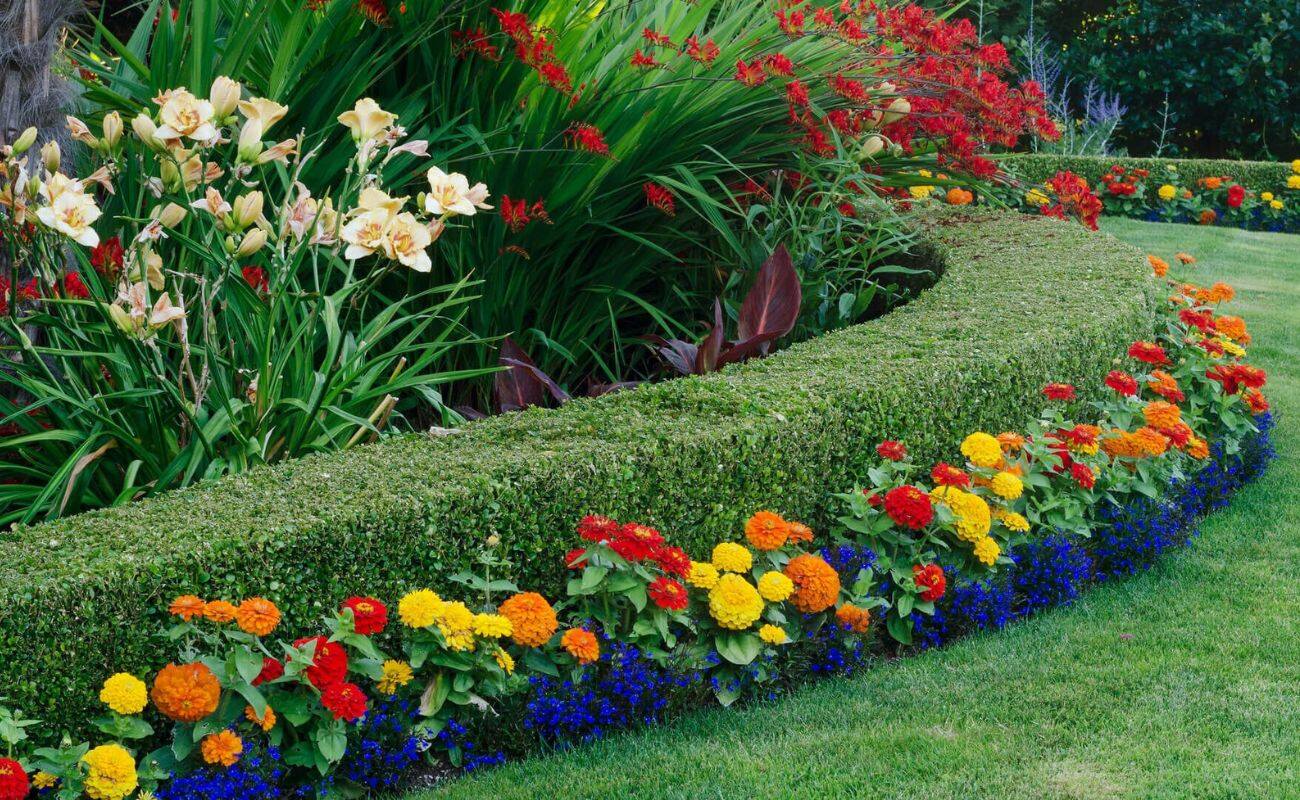
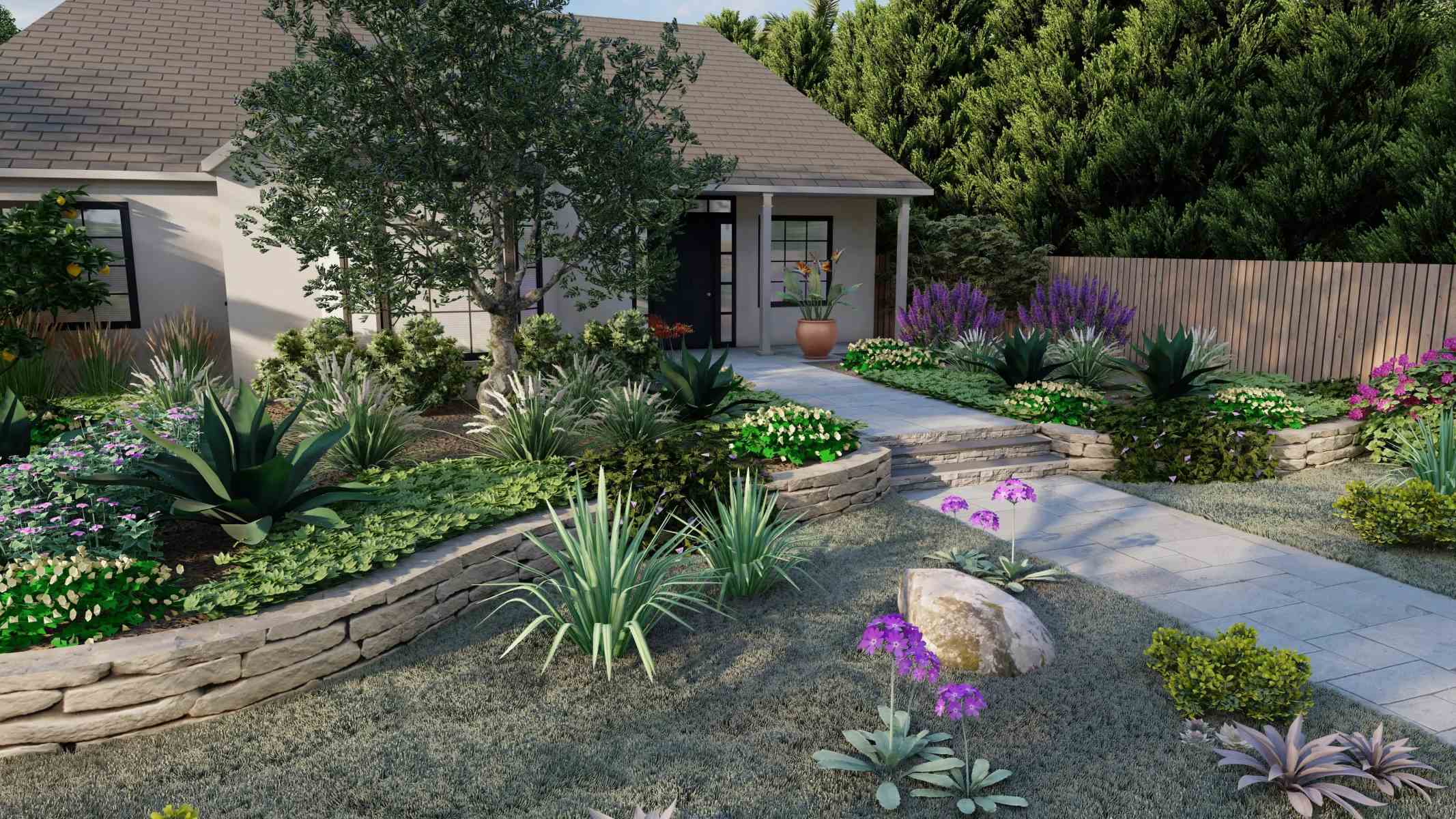
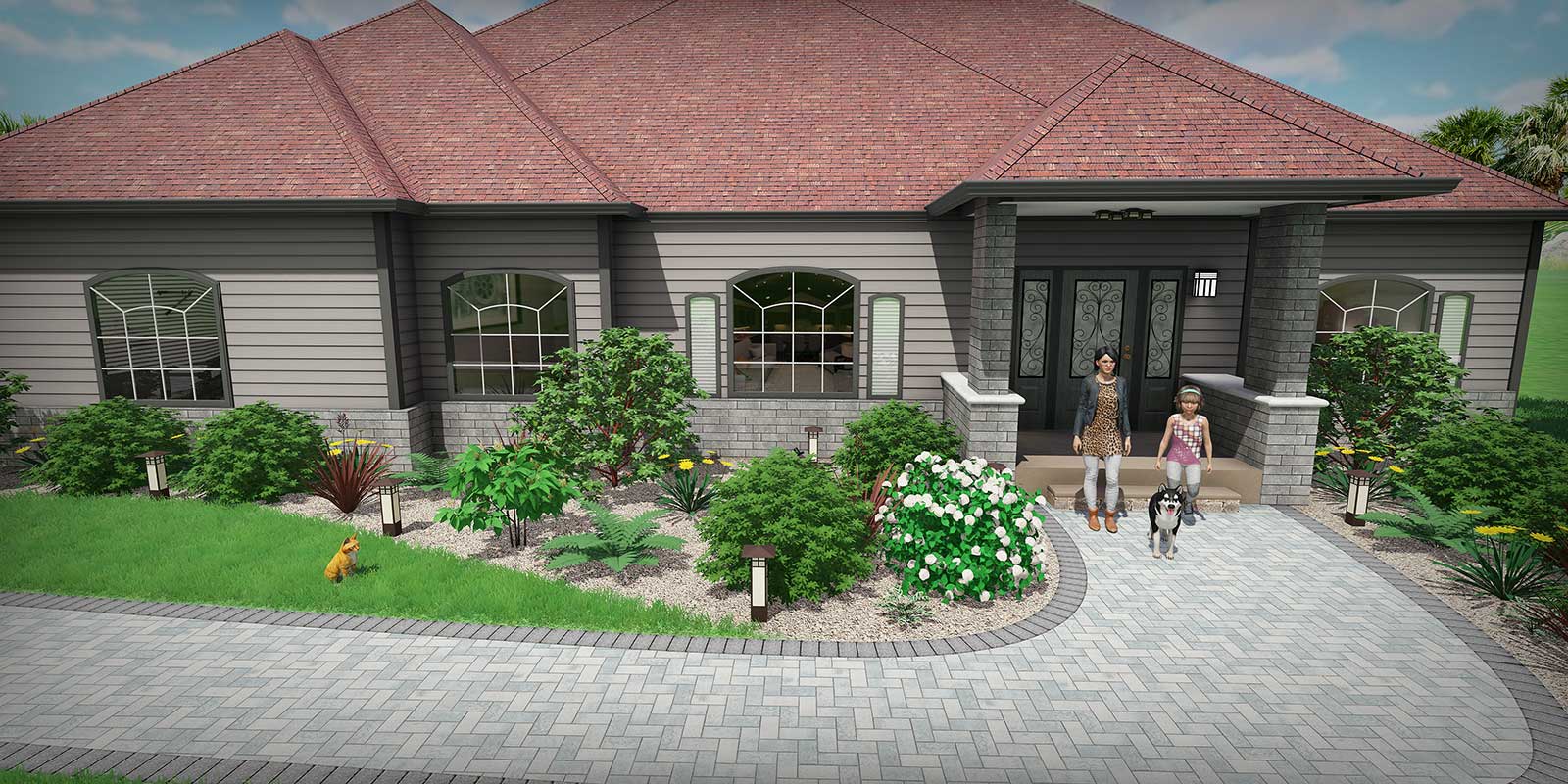
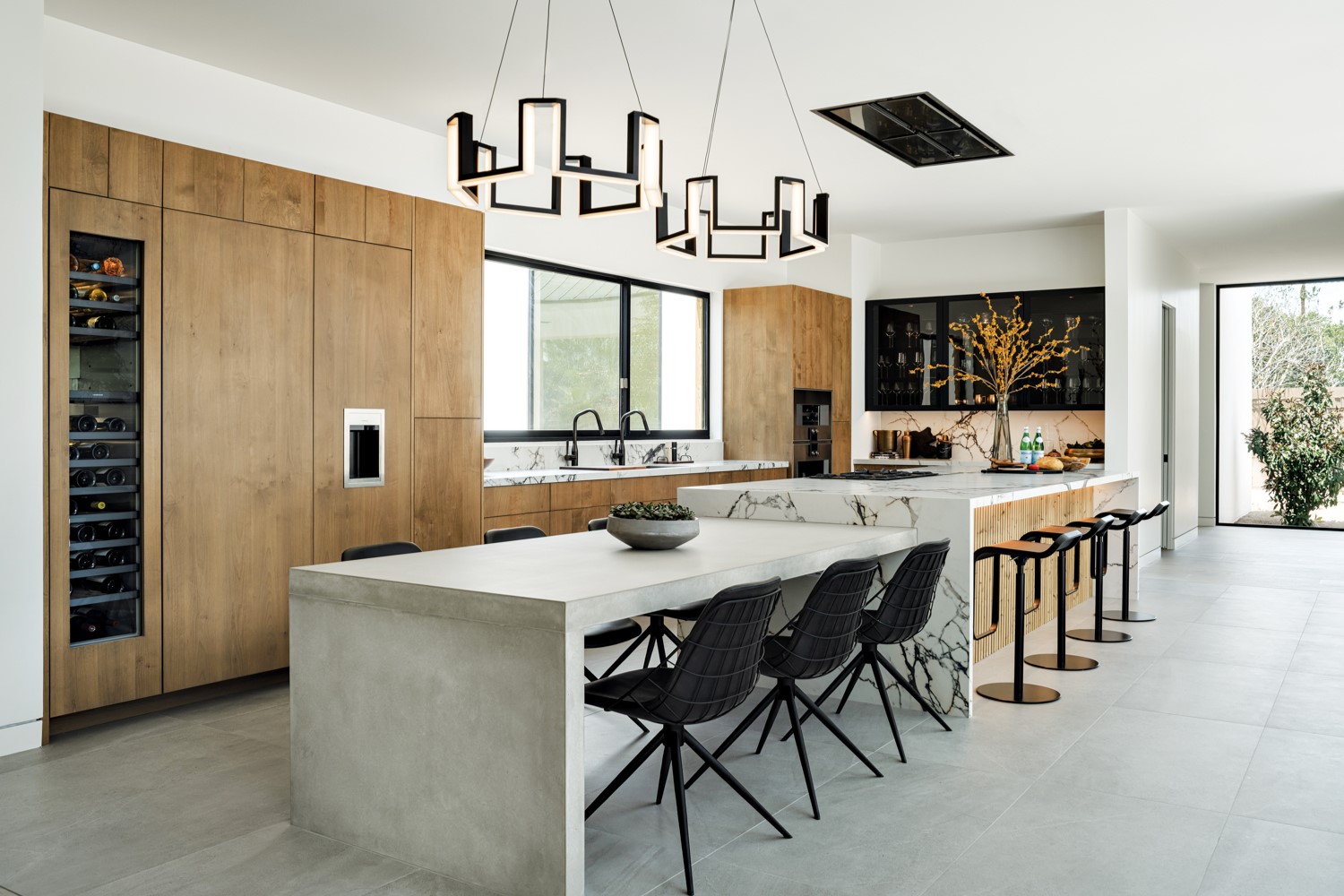

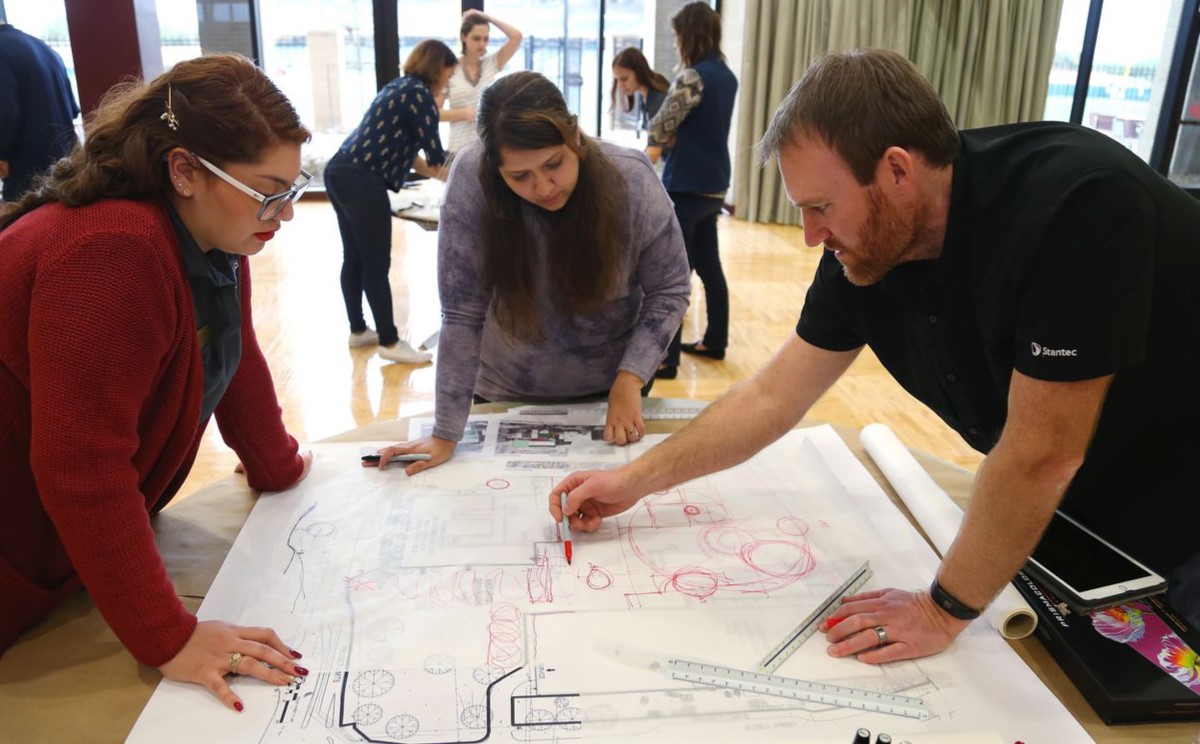
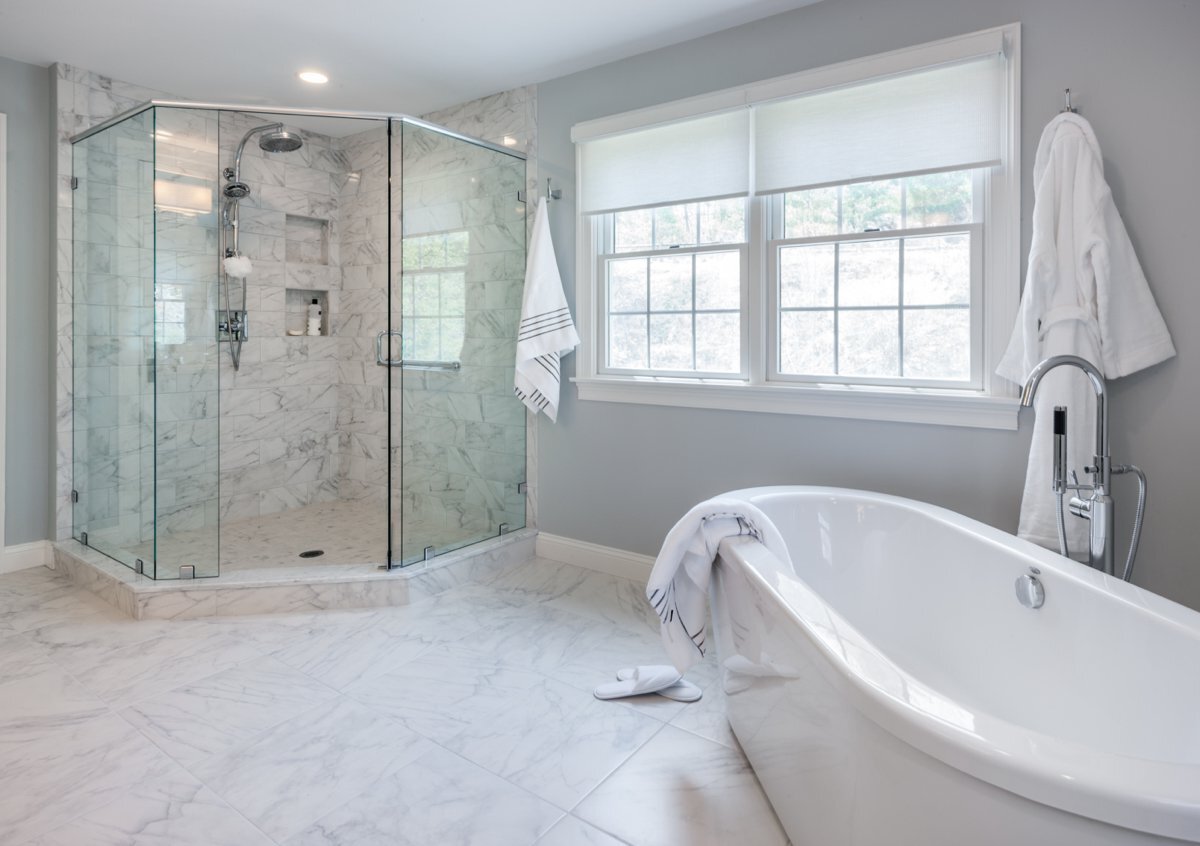
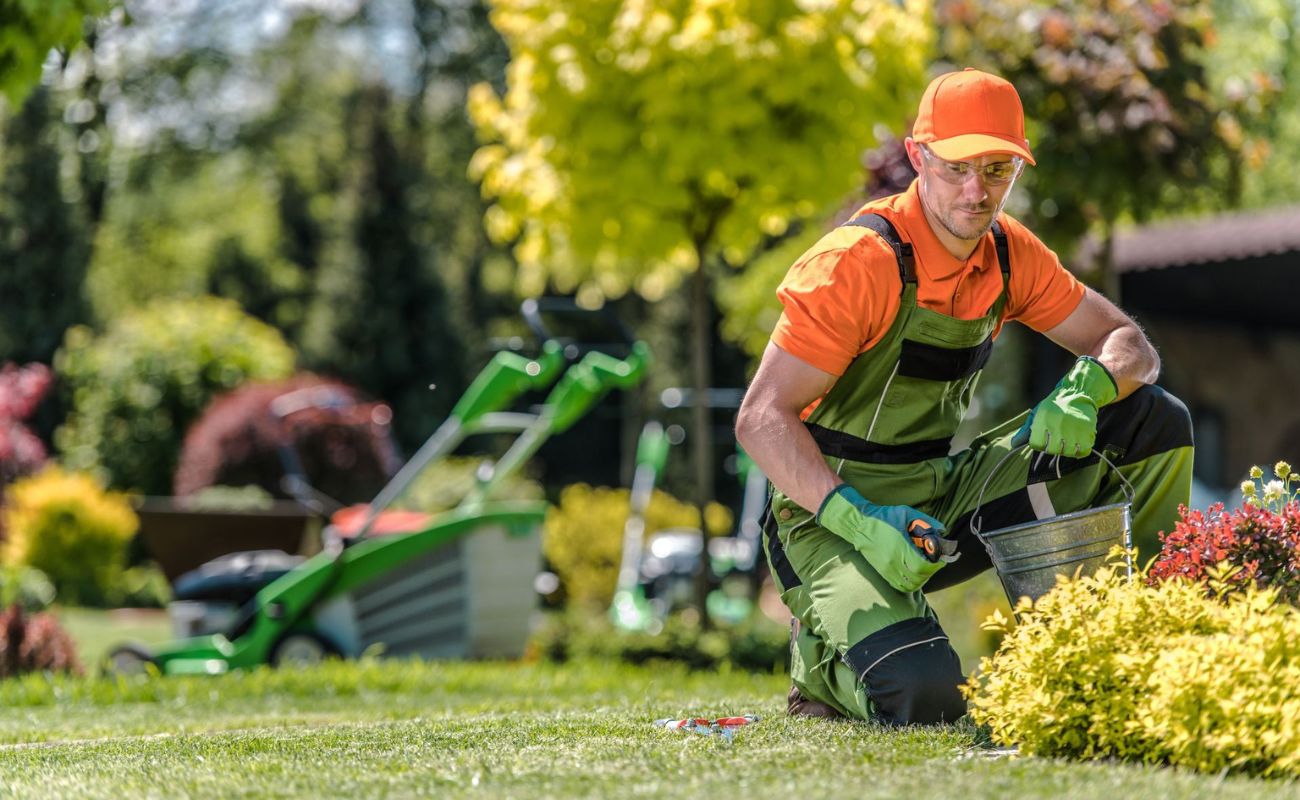
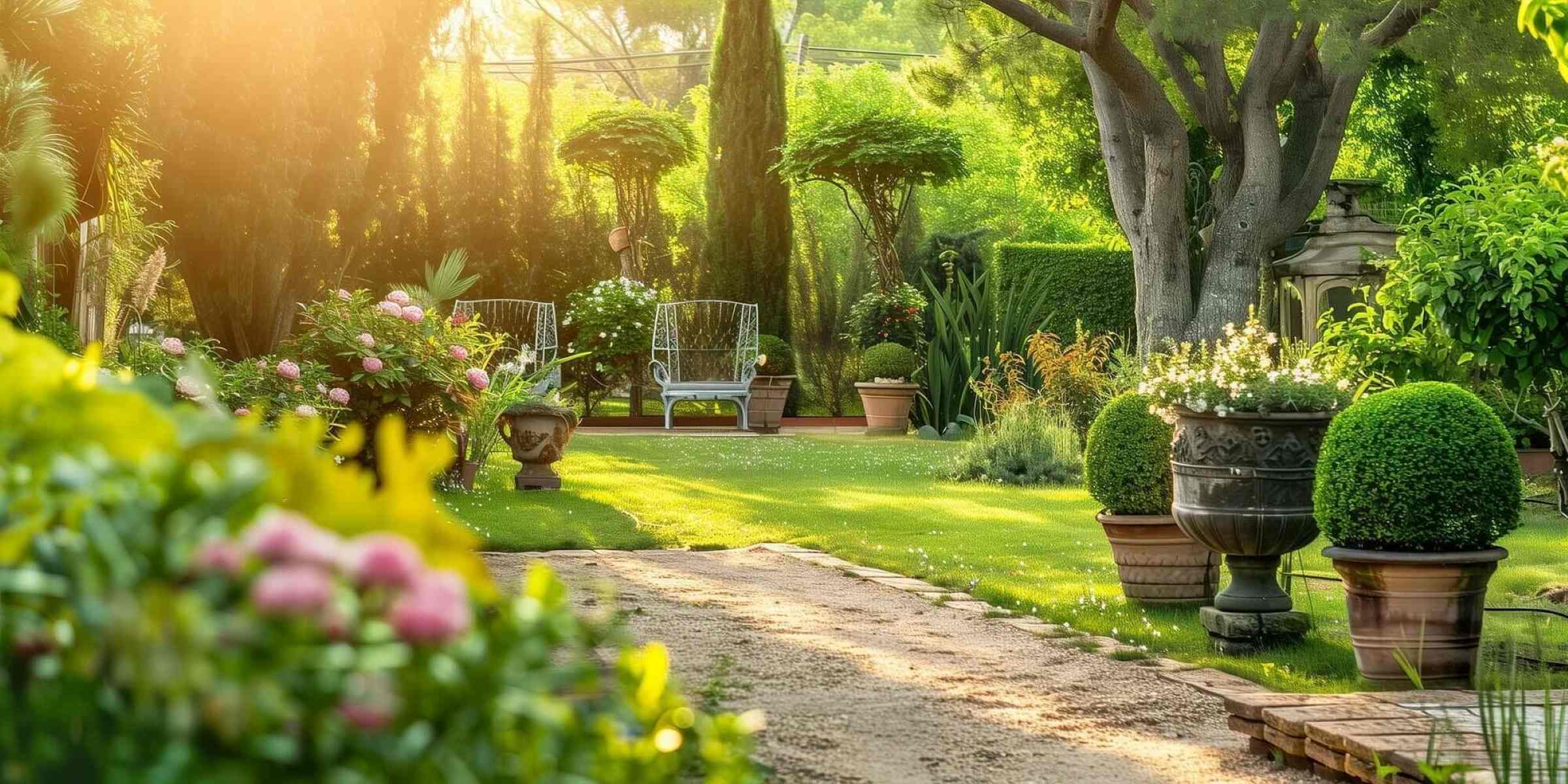

0 thoughts on “How To Create A Landscape Design For Your Client”